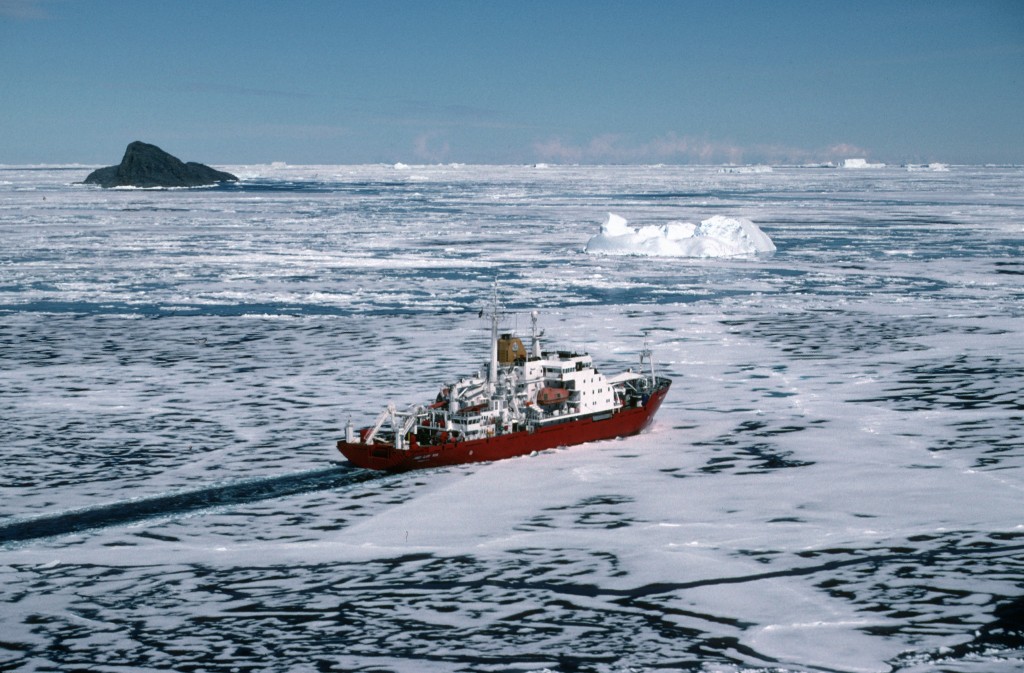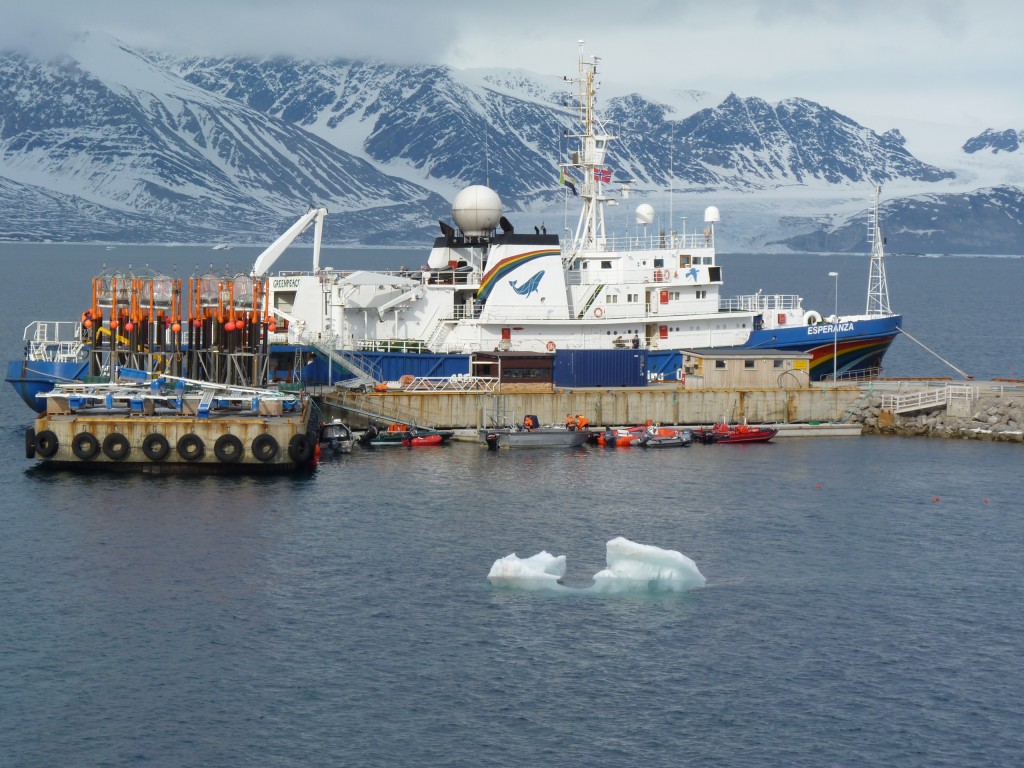Climate talks too slow for Antarctic sea snails

The pteropod, (marine snail) Limacina hilicina antarctica, Photo: Nina Bednarsek
While the climate negotiations continue at a snail’s pace in Doha, marine snails or pteropods in the Antarctic are losing their shells because of ocean acidification. Researchers from the British Antarctic Survey (BAS) and partners have published the first evidence of ocean acidification affecting live marine creatures in the Southern Ocean. Ocean acidification is caused by the uptake of carbon dioxide from the atmosphere emitted as a result of fossil fuel burning. Sea creatures with shells from aragonite, like the little pteropods, also known as sea butterflies, are vulnerable when the ocean becomes more acidic.
Ny Alesund, Spitsbergen 2010
I first became more closely acquainted with pteropods during a visit to the Arctic island of Spitsbergen in the Svalbard archipelago in 2010. I was travelling with scientists from the EU’s EPOCA project looking at the impact of ocean acidification on the marine ecosystem. We were on the Greenpeace boat Esperanza, since Greenpeace had offered to transport the scientists and their equipment up to the Arctic. The pteropods are one of the few marine creatures that build their shells from aragonite in the polar regions, so scientists consider them an important indicator of the health of the ecosystem. They are also a good source of food for fish and birds. Polar regions are where ocean acidification effects are most likely to be seen first because of the colder water temperatures.
 The Antarctic research cruise actually took place in 2008, but the results have just been published. Co-author and science cruise leader, Dr Geraint Tarling from BAS, says “the tiny snails do not necessarily die as a result of their shells dissolving, however it may increase their vulnerability.” The findings support predictions that the impact of ocean acidification on marine ecosystems and food webs may be significant.
The Antarctic research cruise actually took place in 2008, but the results have just been published. Co-author and science cruise leader, Dr Geraint Tarling from BAS, says “the tiny snails do not necessarily die as a result of their shells dissolving, however it may increase their vulnerability.” The findings support predictions that the impact of ocean acidification on marine ecosystems and food webs may be significant.
Aragonite is a crystal form of calcium carbonate that can dissolve rapidly when its saturation in seawater falls below a threshold level. Aragonite saturation generally decreases with depth and the threshold level where dissolution occurs is usually reached at around 1000m depth. Ocean acidification has caused this threshold to become shallower in modern times. It has been predicted that it could reach the surface across much of the Southern Ocean by 2100, according to BAS.
Co-author of the study, Dr Dorothee Bakker from the University of East Anglia, says:”Climate models project a continued intensification in Southern Ocean winds throughout the 21st century if atmospheric carbon dioxide continues to increase.” This increases the amount of cold water coming closer to the surface.
















